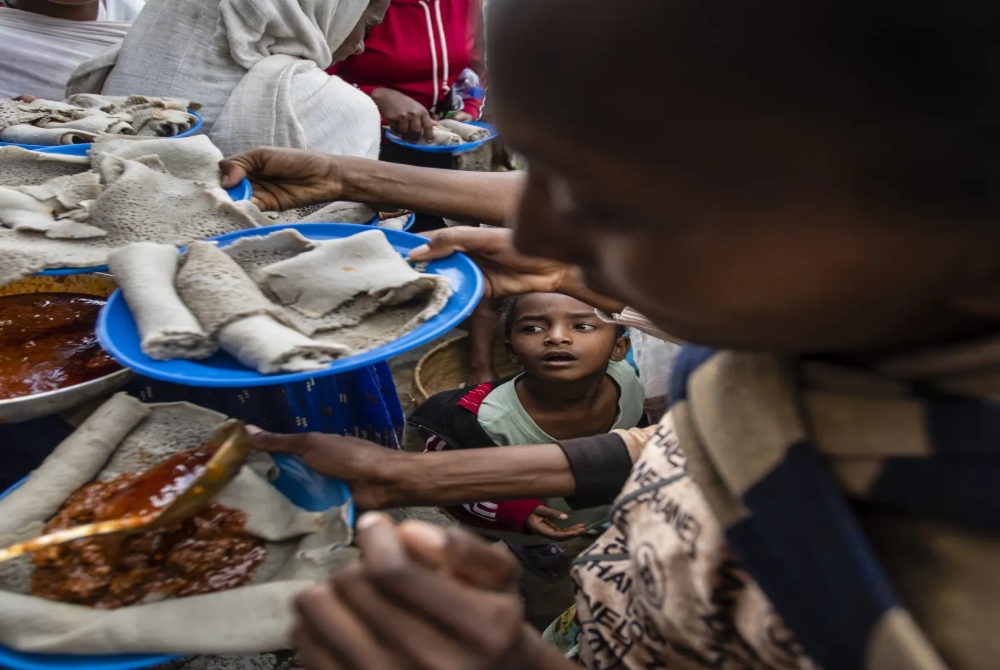Tigray's Slow Road to Recovery: Challenges and Renewed Hopes
Seventeen months have passed since the guns fell silent in
Ethiopia's Tigray region, yet the scars of war and the grip of drought continue
to hinder the population's journey toward rebuilding. The aftermath of the
conflict, compounded by environmental challenges, presents a monumental task
for a community left destitute by the two-year turmoil.
Every aspect of life in Tigray bears the imprint of the
devastating conflict, from shattered livelihoods to decimated infrastructure.
The toll of war, estimated to have claimed hundreds of thousands of lives,
casts a long shadow over the region. Although a peace agreement was brokered in
2022, the path to reconstruction remains daunting, with a staggering $20
billion needed to mend the fractured landscape.
Adding to the region's woes, a severe drought—the worst in
four decades—coupled with a locust invasion, has ravaged agricultural yields,
leaving over 4.5 million people in need of food aid and exacerbating the plight
of over one million displaced individuals scattered across makeshift camps.
Despite international efforts, funding falls short of the
dire requirements, with a recent donor-pledging conference raising only a
fraction of the needed funds. The humanitarian response plan remains critically
underfunded, signaling continued struggles for an already stretched aid
operation.
The toll of the conflict extends beyond immediate
casualties, unraveling decades of development efforts. Tigray, once a bastion
of agricultural innovation under the Tigray People's Liberation Front (TPLF),
now grapples with the undoing of progress. Irrigation infrastructure lies in
ruins, trees vital for soil health have been felled, and the specter of hunger
looms large over displaced farmers.
Amidst the ruins, glimmers of hope emerge as communities
rally to rebuild. Initiatives such as the rehabilitation of irrigation schemes
offer a lifeline to farmers, albeit on a limited scale. However, the magnitude
of the challenge remains stark, with resources stretched thin and families
struggling to access even basic amenities.
The humanitarian crisis is compounded by a fractured health
system, with only a fraction of facilities operational and immunization
services non-existent. Towns like Freweyni bear witness to the dual devastation
of war and neglect, where essential services are a distant memory, and
residents grapple with the harsh realities of displacement.
For the displaced, the road home is fraught with
uncertainty, as contested territories and simmering tensions fuel fears of
further violence. The promise of peace remains elusive as clashes reignite,
displacing tens of thousands and underscoring the fragility of Ethiopia's
hard-won peace deal.
As Tigray navigates the arduous path to recovery, it is a
testament to resilience in the face of adversity. Yet, the journey ahead is
long and uncertain, demanding sustained commitment and solidarity to heal the
wounds of war and nurture hope for a brighter future.










.jpg)